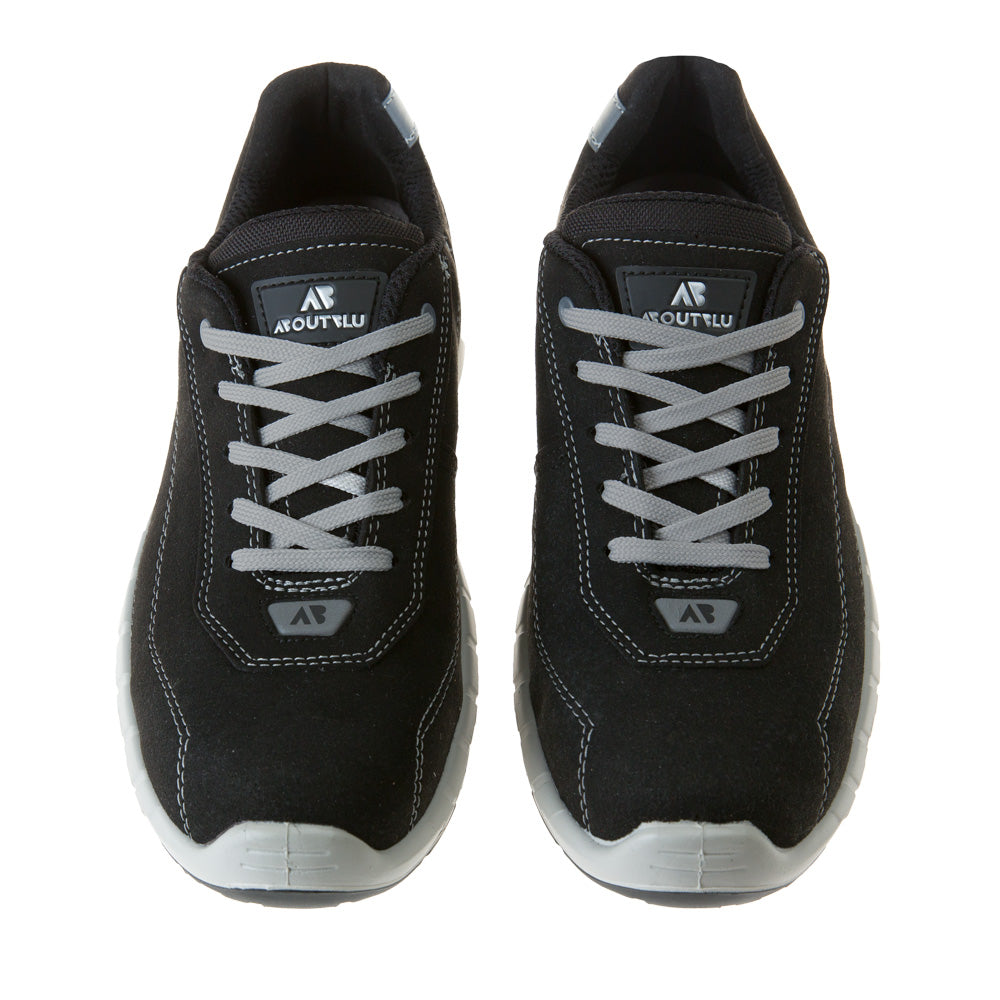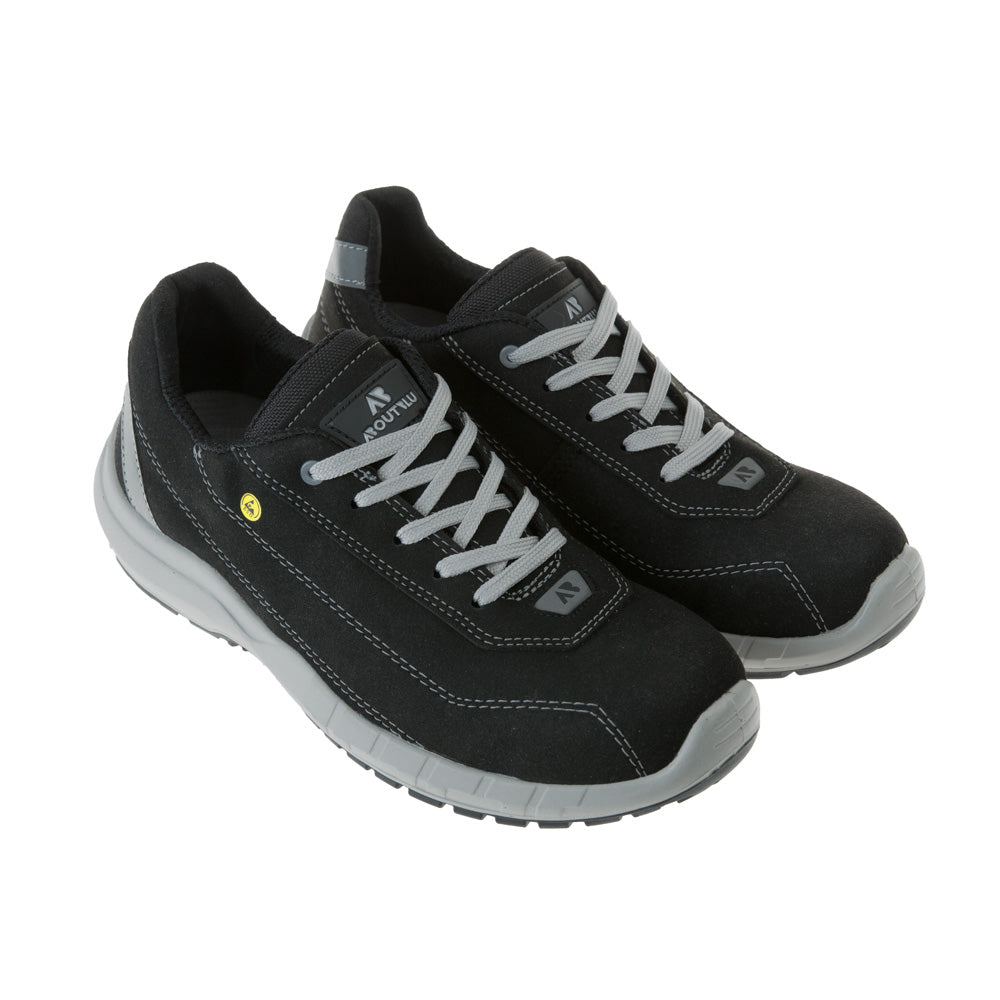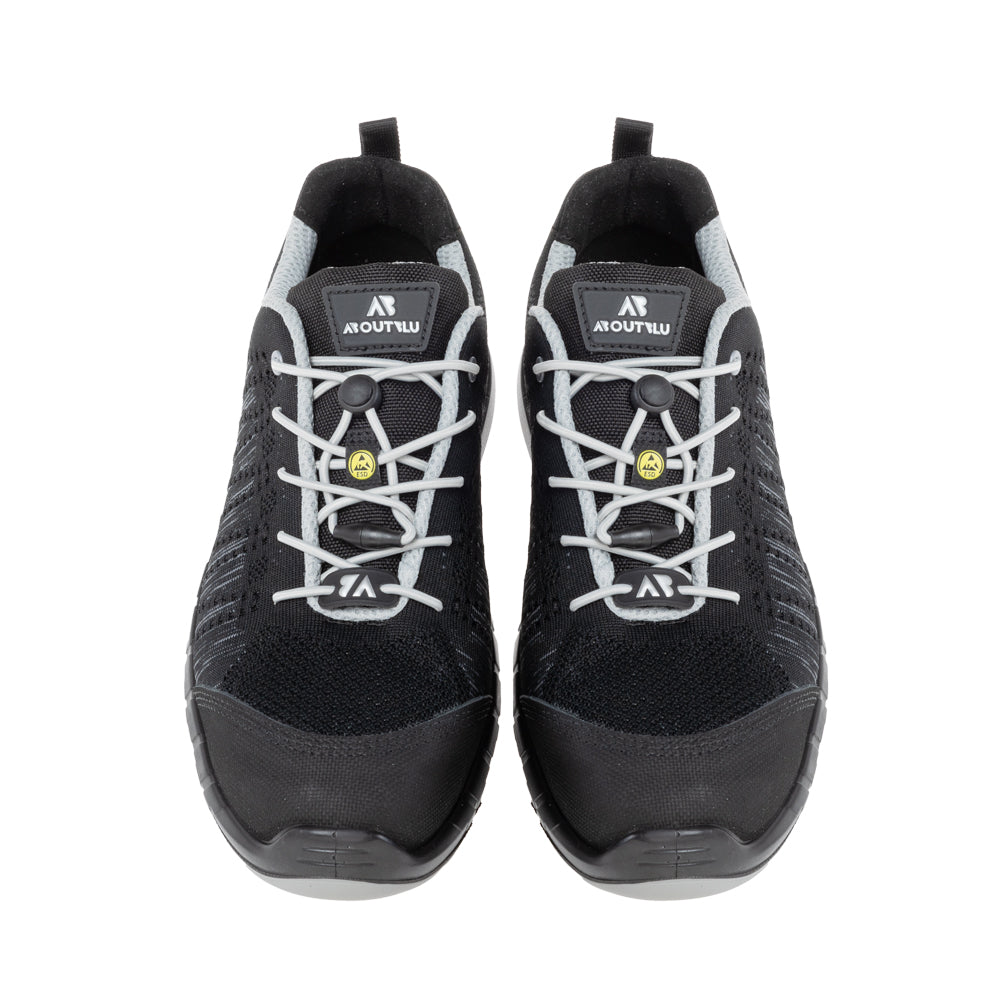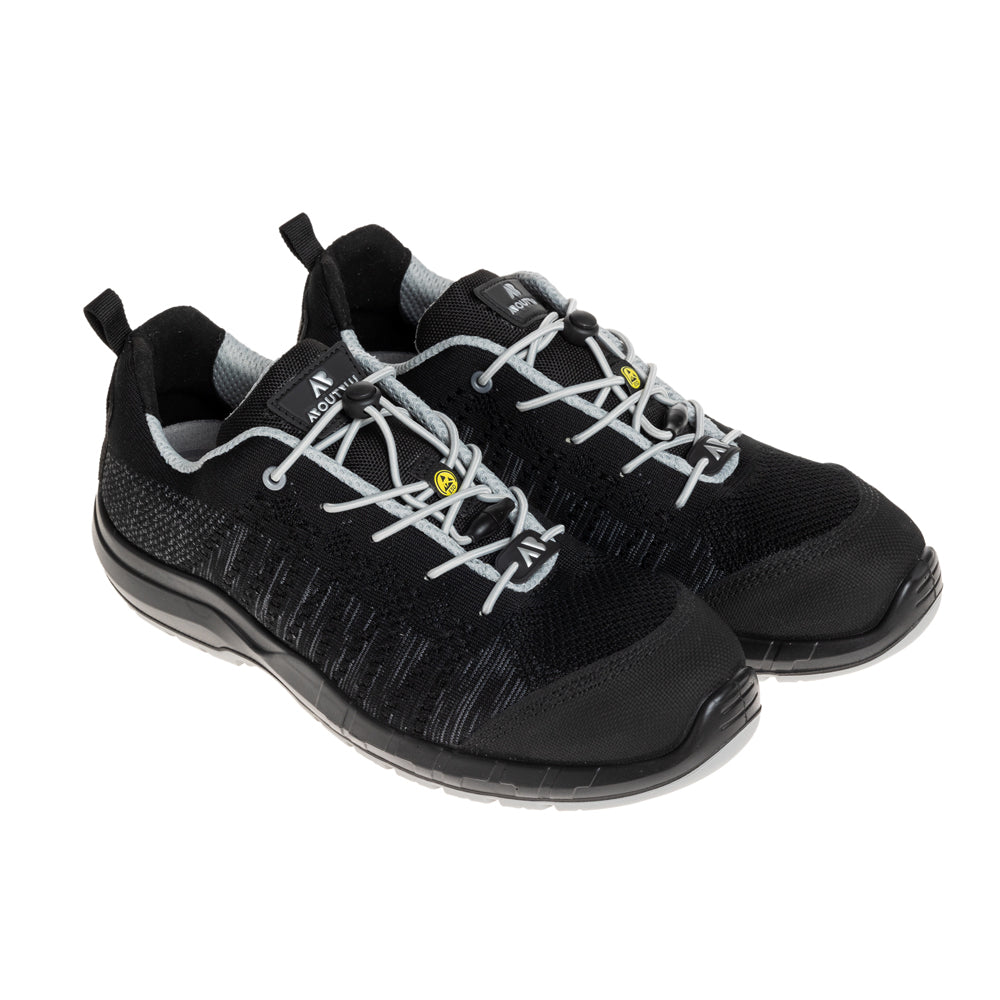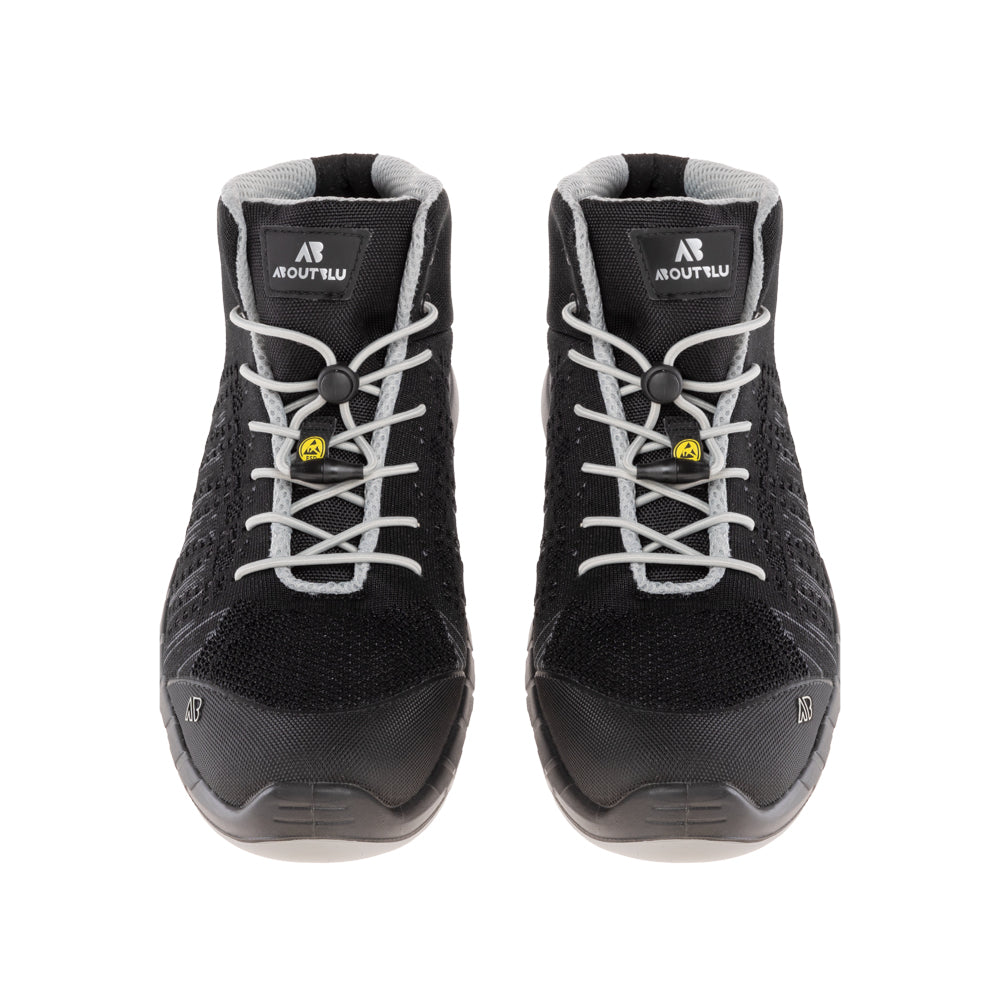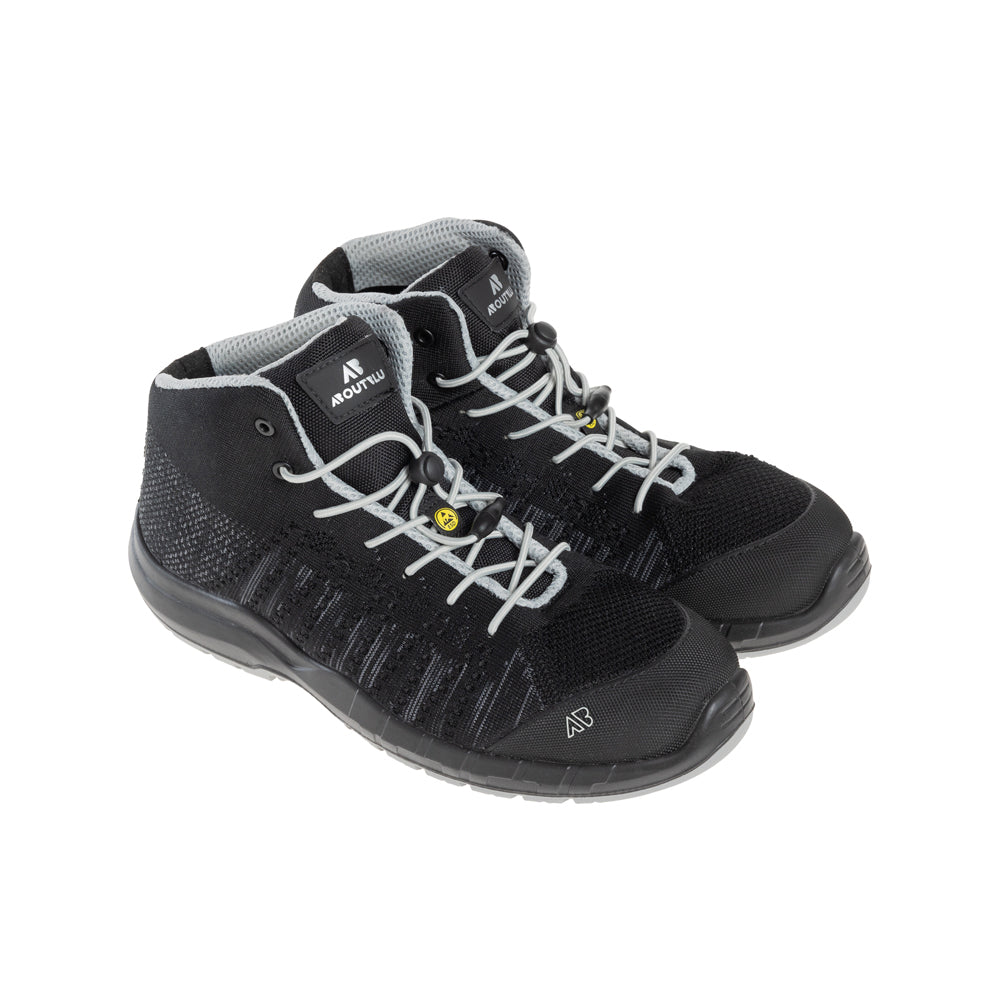Ask anyone who works in a kitchen, and they’ll tell you — the right gear makes a massive difference. Whether you’re turning out 50 plates an hour or doing the prep behind the scenes, the pace is intense, the pressure is constant, and comfort matters.
You’re moving fast, working around heat, liquids, knives, and other hazards. So your uniform? It needs to work as hard as you do. That means breathable chef’s trousers, shoes with solid grip, and fabrics that can handle a daily hot wash.
Let’s take a look at the most reliable kitchen workwear for 2025 — the stuff that gets worn, washed, and worn again without complaint.
Why Proper Workwear Is a Must in the Kitchen
Kitchens are hot, noisy, and unforgiving. It’s not the kind of environment where you want to be adjusting your waistband or sliding around in poor-fitting shoes.
Good kitchen workwear does three things really well:
-
Keeps you comfortable all day
-
Helps you move freely and safely
-
Stands up to heat, spills, and frequent washing
Whether you’re running a pass or clearing pans, you need kit that stays out of your way and does its job.
The Go-To: Elasticated Chef’s Trousers
Alexandra Elasticated Waist Trousers
These trousers are a classic for a reason. The elastic waistband gives flexibility during long shifts, and the polycotton blend fabric is breathable and easy to clean.
-
Designed to fit comfortably without pinching
-
Two hip pockets — handy for a thermometer or notepad
-
Wash well, dry quickly, and last longer than cheaper alternatives
Ideal for chefs, kitchen assistants, and catering staff who are always on the move. If you’re looking for trousers that feel easy from the moment you put them on, start here.
Long Hours? Choose the Right Footwear
You can wear the best chef’s jacket in the world, but if your feet hurt by 10am, the rest of the shift is going to drag. Shoes are one of the most overlooked parts of kitchen workwear, but arguably one of the most important.
These washable clogs are a favourite in professional kitchens and care settings alike. They're lightweight, quick to slip on, and easy to clean.
-
Non-slip sole that performs on wet, greasy floors
-
Soft insole reduces fatigue — ideal for 10-hour shifts
-
Washable at up to 50°C for better hygiene
Perfect for chefs, kitchen porters, and caterers who spend most of the day on their feet.
If you’re moving stock, handling deliveries, or working in large commercial kitchens, a bit of extra protection goes a long way.
-
Built-in steel toe cap
-
Good arch support and cushioned insole
-
Grippy outsole for smooth or greasy floors
-
Smart appearance — doesn’t look too industrial
They offer peace of mind without feeling heavy or stiff. A solid choice for food factories and larger kitchen teams.
Different Roles, Different Needs
Not everyone in the kitchen needs the same uniform. Here’s a quick guide based on what you’re doing day to day:
|
Role |
Suggested Kit |
|
Head Chef |
Lightweight chef’s trousers, cotton jacket, slip-resistant clogs |
|
Sous / Line Chef |
Same as above — add extra layers for prep work in cold rooms |
|
Kitchen Porter |
Washable clogs, elasticated trousers, apron |
|
Food Manufacturing Staff |
Steel toe shoes, breathable trousers, hair net or hygiene hood |
|
School / Care Kitchen |
Easy-wash tunics, non-slip shoes, elasticated waistband for flexibility |
What Hygiene Standards Say About Workwear
Clean clothing isn’t just nice to have — it’s a health and safety requirement. Most kitchens wash uniforms daily, and many expect footwear to be wiped down at the end of each shift.
Your clothes need to hold up to that kind of treatment. Anything that fades quickly, holds on to grease, or doesn’t air dry properly isn’t going to last.
It’s also important to make sure your clothing complies with food safety rules — especially in regulated environments like schools or healthcare settings.
Government Food Safety Guidelines
The UK Government has published guidance for anyone involved in food handling, including what kitchen staff should wear.
The official Food Safety & Kitchen Hygiene PDF outlines a few key points:
-
Workwear must be clean and specific to the kitchen
-
It should be changed regularly, especially when soiled
-
Footwear should reduce slip risk and be kept clean
-
Uniforms should be practical — no excess pockets or dangling items
Following this guidance doesn’t just reduce the risk of contamination — it also ensures your kitchen is compliant with inspections and internal policies.
Download the official PDF here
Quick Tips to Make Your Gear Last
You don’t need to spend a fortune to keep your kitchen kit looking sharp and working properly. A few habits go a long way:
-
Wash clothes at 60°C where possible
-
Air dry when you can — tumble dryers can wear down fibres
-
Scrub clogs and safety shoes weekly
-
Keep spares on hand for spill emergencies
-
Store workwear separately from day-to-day clothing
And if your soles start to go or trousers become too worn, replace them. Worn-out kit is uncomfortable — and in some cases, unsafe.
Keep It Simple, Keep It Smart
A busy kitchen isn’t the place for fussy clothing or tired footwear. What you need is simple: gear that fits well, lasts, and does the job — every shift, every wash.
The pieces we’ve looked at here are well rated by real kitchen teams across the UK. They’re built to handle the heat, the spills, and the hours. If you’re looking to update your kitchen workwear, this is a solid place to start.
Useful Links:
Alexandra Elasticated Chef’s Trousers
Toffeln EziKlog Kitchen Clogs
Steel Toe Safety Shoes
UK Food Hygiene PDF





